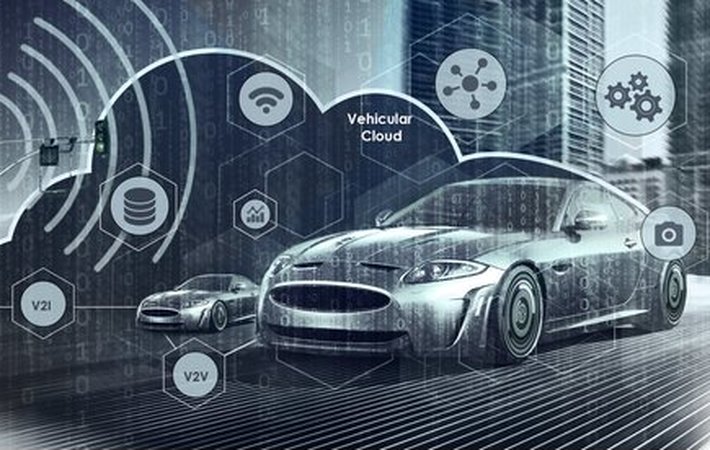
Published on 05/14/2017 | Technology
The vehicles of the future are often referred to as ‘mini-data centers on wheels’ and in a recent book chapter http://bit.ly/2aAlVIu that I co-authored; we explored the concept of vehicle cloud computing especially focusing on data compression. In this blog, I provide a summary of the general vehicular cloud concept with a preamble of vehicle communications.
Alerting the drivers about the road situations and improving road safety is a subject of deep interest and research in order to lower the increasing number of casualties experienced on the road every year. Recent advances in the arena of information and communication technologies and new paradigms for computing have enabled new approaches to solving this important societal challenge. One of these is Vehicular Ad-hoc Networks (VANETs) being highly mobile autonomous and self-organizing networks of vehicles much like the broader Mobile Ad-hoc Network (MANET), but with distinguish differences when it comes to mobility, scale and safety requirements. On the other hand, the movement of the vehicles is somewhat predictable as vehicles are restricted to the road on which they are traveling which has an advantage. VANETs bandwidth issue also strengthens due to crossings, traffic bottlenecks, and the existence of buildings beside the roads, particularly in an urban environment.
Technology-wise, VANETs incorporate wireless networks into moving vehicles using a Dedicated Short Range Communication (DSRC) such as 802.11p standardized by IEEE and will support both vehicle-to-vehicle (V2V) and vehicle-to-infrastructure (V2I) use cases such as collision avoidance to improve driver safety, traffic management and control along with many to enable an intelligent transport system (ITS).
With VANET, vehicles on the road can communicate with other vehicles directly from Vehicle-to-Vehicle V2V communication. The vehicles can communicate with fixed equipment next to the road, referred to as road side units (RSUs) enabling V2I as shown in the figure below.

Among the number of solutions proposed recently for VANET, Vehicular Cloud (VC) is one of them. VC is a technology that provides on-demand services namely Software-as-a-Service (SaaS), Storage-as-a-Service (STaaS) and Platform-as-a-Service (PaaS).
The complete article is available at http://mahbubulalam.com/convergence-of-secure-vehicular-ad-hoc-network-and-cloud-in-internet-of-things/